The lesson today, “Fish Made Easy,” included a basic red sauce sautéed with garlic, olives, and basil baked over a white fish and served with what the cooks called “brilliant broccoli.”
Caroline Snow, one of the instructors giving free lessons to community members out of the Big Rig Mobile Teaching Kitchen parked on East 120th Street in front of the medical center, offered simple directions: “We’re using the canned tomatoes sauce here on the rig, but you can use fresh tomatoes and with the summer season coming and growing new gardens its great to pick your own tomatoes, puree them, and use that. Then we’re making the sauce, putting the fish with it and baking it for a few minutes.” [Read more…]










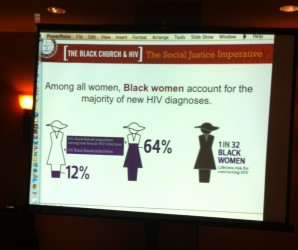
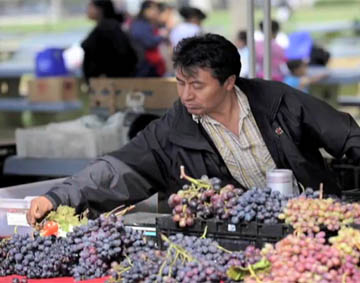 By
By 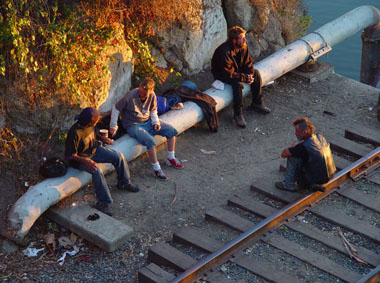 Poverty numbers are high across the country but in California, they’re even higher. The 2010 poverty rate was 1.2 percentage points above the national rate.
Poverty numbers are high across the country but in California, they’re even higher. The 2010 poverty rate was 1.2 percentage points above the national rate. 
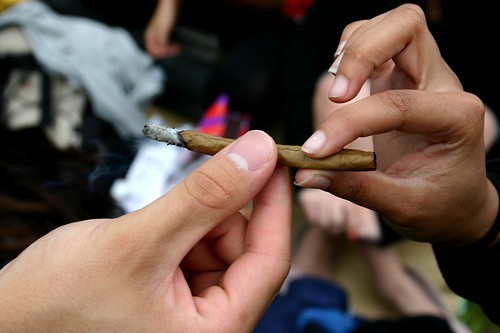 Wandering the Venice Boardwalk, it might be easy to image a Los Angeles where marijuana is legal and easily available. But while Proposition 19 might have seemed like an easy pass in California — the state home to the hippy movement, first to reduce the maximum penalty for possession of marijuana and first to allow it to be grown and consumed for medical purposes — the reality is a little more complicated.
Wandering the Venice Boardwalk, it might be easy to image a Los Angeles where marijuana is legal and easily available. But while Proposition 19 might have seemed like an easy pass in California — the state home to the hippy movement, first to reduce the maximum penalty for possession of marijuana and first to allow it to be grown and consumed for medical purposes — the reality is a little more complicated.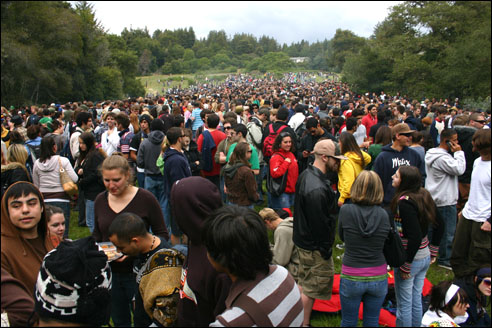 Left: A celebration of marijuana at UC Santa Cruz on April 20, or “4/20,” courtesy of
Left: A celebration of marijuana at UC Santa Cruz on April 20, or “4/20,” courtesy of 





